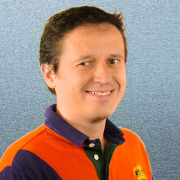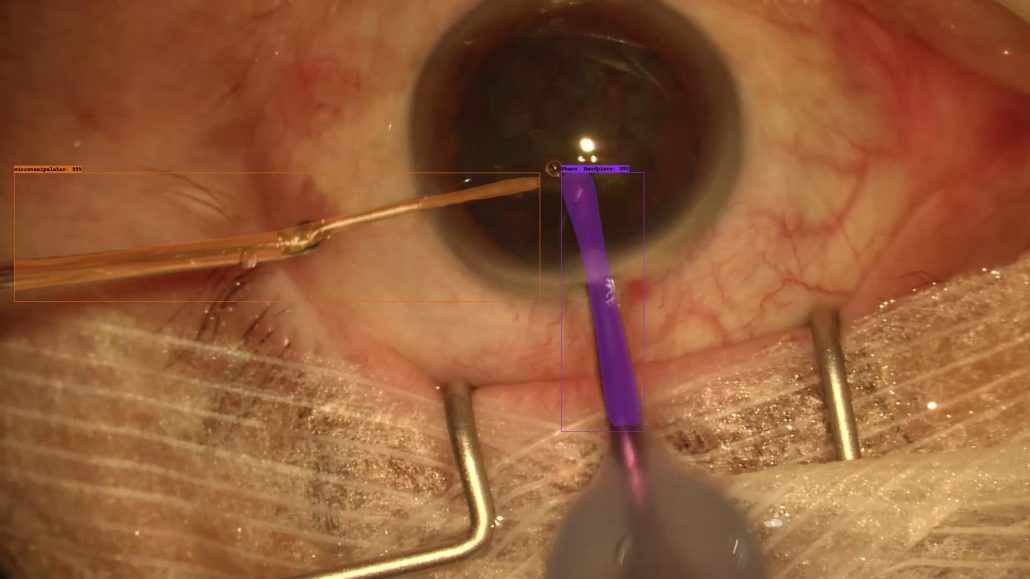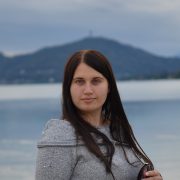Authors: Negin Ghamsarian (Alpen-Adria-Universität Klagenfurt), Hadi Amirpour (Alpen-Adria-Universität Klagenfurt), Christian Timmerer (Alpen-Adria-Universität Klagenfurt, Bitmovin), Mario Taschwer (Alpen-Adria-Universität Klagenfurt), and Klaus Schöffmann (Alpen-Adria-Universität Klagenfurt)
Abstract: Recorded cataract surgery videos play a prominent role in training and investigating the surgery, and enhancing the surgical outcomes. Due to storage limitations in hospitals, however, the recorded cataract surgeries are deleted after a short time and this precious source of information cannot be fully utilized. Lowering the quality to reduce the required storage space is not advisable since the degraded visual quality results in the loss of relevant information that limits the usage of these videos. To address this problem, we propose a relevance-based compression technique consisting of two modules: (i) relevance detection, which uses neural networks for semantic segmentation and classification of the videos to detect relevant spatio-temporal information, and (ii) content-adaptive compression, which restricts the amount of distortion applied to the relevant content while allocating less bitrate to irrelevant content. The proposed relevance-based compression framework is implemented considering five scenarios based on the definition of relevant information from the target audience’s perspective. Experimental results demonstrate the capability of the proposed approach in relevance detection. We further show that the proposed approach can achieve high compression efficiency by abstracting substantial redundant information while retaining the high quality of the relevant content.
ACM International Conference on Multimedia 2020, Seattle, United States.
Link: https://2020.acmmm.org
Keywords: Video Coding, Convolutional Neural Networks, HEVC, ROI Detection, Medical Multimedia.







